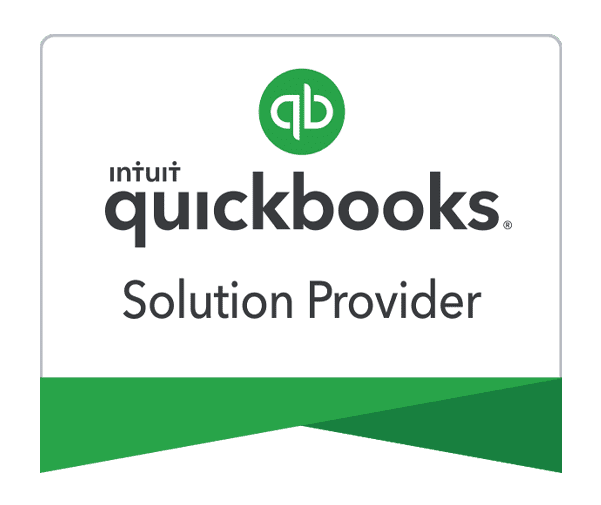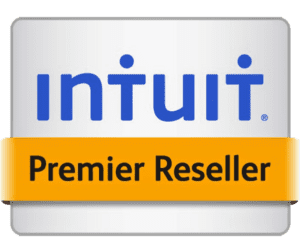Just register for the free trial below and we will send you everything you need to evaluate QuickBooks Online including 30-day access, the full 76-page QuickBooks Online Guide (details everything that you can do in the software) plus the video training library. Free end-to-end consultation and support are included so if you need any help along the way, just let us know!

Paygration, Inc.
If you need to organize and track transactions in QuickBooks Online beyond standard categories like classes and accounts, then you can use tags. Tags provide a flexible and customizable way to track and group transactions, allowing you to gain deeper insights into your financial data.
Today, we’ll explain tags in QuickBooks Online, how to work with and manage them, and how they can benefit your business.
What are tags in QuickBooks Online?
Tigs in QuickBooks Online are a feature that allows you to label and categorize transactions based on custom criteria. With tags, you can assign a specific label to transactions, such as invoices, expenses, or bills, based on your unique business needs. You can assign tags to transactions individually or in bulk, making it easy to organize and track groups of related transactions. For example, you could use tags to categorize transactions by project, location, department, team, or any other criteria that is relevant to your business.
If you would like to try the full version of QuickBooks Online Advanced, click here to get a free 30-day no-commitment trial plus access to the full video training library.
Tag groups
Tag groups are a feature that allows you to group related tags together for more efficient organization and reporting. They provide an additional level of categorization by creating a hierarchy within your tags. Tag groups can be particularly useful when you have a large number of tags or when you want to further segment and analyze your financial data.
Here are some scenarios where you might consider using tag groups:
- Grouping by Department or Location: If your business has multiple departments or locations, you can create tag groups to organize tags associated with each department or location. For example, you can create a tag group called “Departments” and include tags like “Marketing,” “Sales,” “Operations,” and so on.
- Segmenting by Projects or Clients: If you work on different projects or with various clients, tag groups can help you categorize transactions related to each project or client. For instance, you can create a tag group called “Projects” and include tags like “Project A,” “Project B,” “Client X,” “Client Y,” and so forth.
- Categorizing by Product Lines or Services: If your business offers multiple product lines or services, tag groups can be used to classify transactions associated with each product line or service. For example, you can create a tag group called “Products” and include tags like “Product A,” “Product B,” “Service X,” “Service Y,” and so on.
Benefits of Using Tags in QuickBooks
- Expense Tracking and Cost Allocation: Tags are particularly useful for expense tracking and cost allocation. You can assign tags to expenses related to specific departments, teams, cost centers, or any other categorization that is relevant to your business. This helps you accurately track and allocate expenses, providing insights into cost centers’ performance and enabling better budgeting and decision-making.
- Project and Job Tracking: If your business involves managing multiple projects or jobs, tags can be used to track income, expenses, and profitability for each project individually. By assigning project-related tags to transactions, you can easily monitor project expenses, revenue, and profitability, allowing for better project management and financial analysis.
- Customizable Categorization: With tags, you have the flexibility to create and define your own categories. Unlike predefined categories like accounts or classes, tags allow you to tailor the categorization to reflect attributes specific to your business. This customization ensures that your transaction tracking accurately represents your unique operations.
- Advanced Reporting and Analysis: Tags enable you to generate customized reports and gain deeper insights into your business’s financial performance. By filtering transactions based on specific tags, you can analyze data across different dimensions, such as projects, departments, or locations. This provides valuable insights for decision-making and helps identify trends or areas that require attention.
- Collaboration and Communication: Tags can serve as a communication tool within your organization. By using consistent tags across transactions, you can easily share and communicate financial information with team members, accountants, or bookkeepers.
- Simplified Tax Reporting: Tags can simplify tax reporting by helping you identify transactions that require specific treatment or categorization for tax purposes. For example, you can tag transactions related to sales tax, deductible expenses, or other tax-related criteria.
Setting up and Managing Tags in QuickBooks Online
To set up tags, click on the gear icon in your QuickBooks Online dashboard and then select Tags under the Lists column, as shown below.
Preparing to set up a tag in QuickBooks
On the Tags tab, click on the green New button and then select Tags. Create a new tag and then save.
Creating a new tag in QuickBooks Online
You’ll find the list of your tags and tag groups in the Tags tab. Once you’re done adding tags, you can start adding assigning them to transactions, such as bills, expenses, or invoices. You’ll see the tags field in the transaction form, and when you click on it, QuickBooks will display a list of all your tags and tag groups.
Assigning tags to transactions in QuickBooks Online
When assigning tags to transactions, you can select one or multiple tags depending on the transaction’s relevance. You can also create subtags under each tag to further refine categorization and reporting.
For detailed instructions on how to set up and manage tags, watch the video below.
By using tags effectively in QuickBooks Online, you can gain better visibility into different aspects of your business, track expenses, revenue, and profitability based on customized criteria, and generate insightful reports for informed decision-making.
- buy quickbooks online advancedkey features in quickbooks online advancedquickbooks onlinequickbooks online advancedquickbooks online advanced automationquickbooks online advanced custom reportsquickbooks online advanced custom workflowquickbooks online advanced workflowsquickbooks online invoicingtags in QuickBooks Onlinetop features of quickbooks online advanced
















